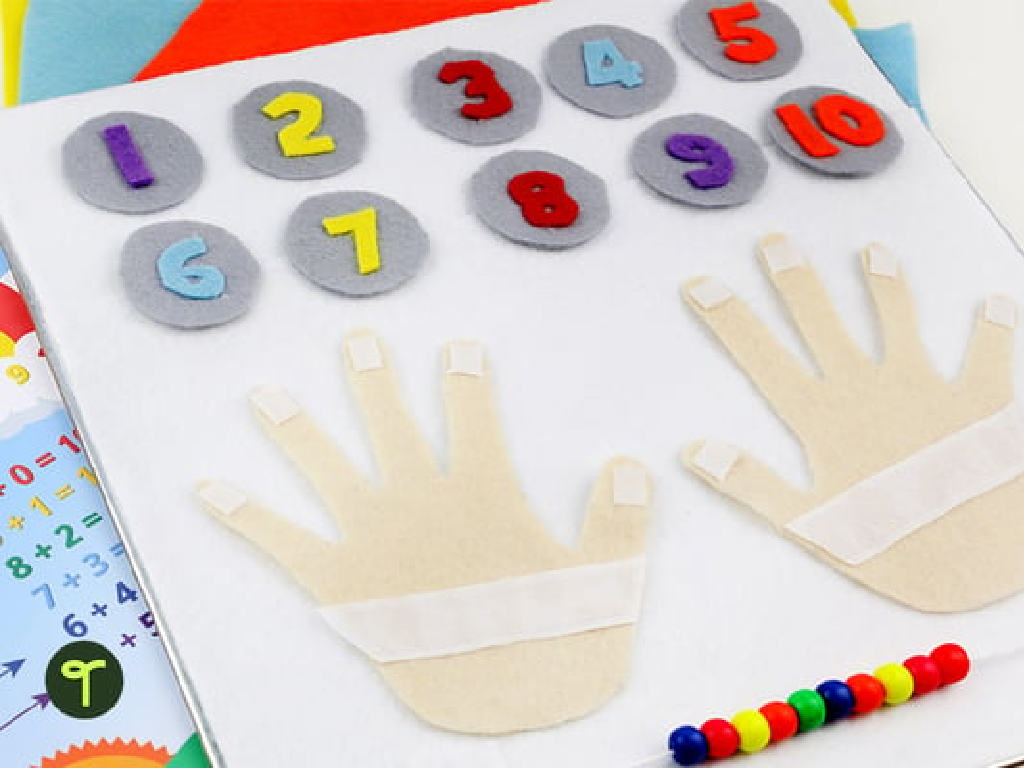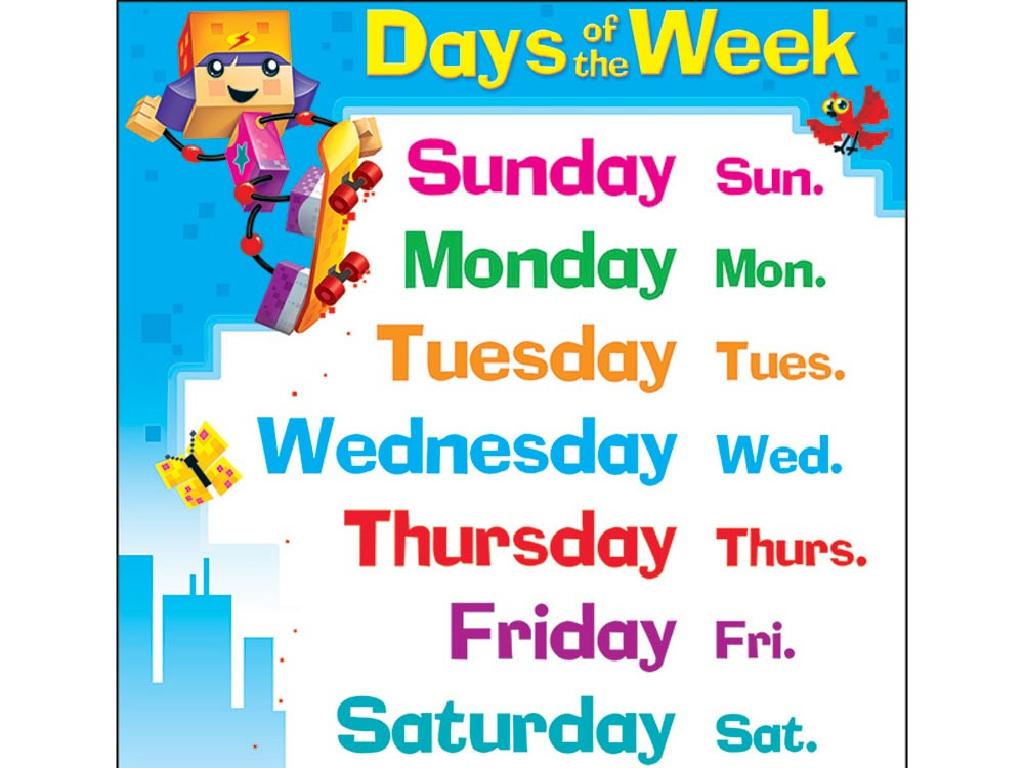Which Definition Matches The Sentence?
Subject: Language arts
Grade: Eighth grade
Topic: Homophones
Please LOG IN to download the presentation. Access is available to registered users only.
View More Content
Welcome to Homophones!
– Understanding Homophones
– Words that sound alike but have different meanings and spellings
– Definition of Homophones
– Homophones are words like ‘to’, ‘too’, and ‘two’
– Common Homophones in English
– ‘Their’, ‘there’, and ‘they re’; ‘brake’ and ‘break’
– Contextual Usage of Homophones
– Use sentences to determine the correct homophone
|
This slide introduces students to the concept of homophones, which are words that sound the same when spoken but have different meanings and often different spellings. Understanding homophones is crucial for mastering the English language and avoiding common errors in writing. Provide examples of homophones and explain how context can help determine the correct usage. Encourage students to think of other homophones and create sentences that illustrate their meanings. This will help them to recognize and use homophones correctly in their writing and daily communication.
Exploring Homophones
– What are homophones?
– Words pronounced alike but different in meaning/spelling e.g., ‘to, two, too’
– Same sound, different meanings
– ‘Their’ (belonging to them) vs. ‘there’ (in that place)
– Spelling differs among homophones
– ‘Flour’ (ingredient) and ‘flower’ (plant) are spelled differently
– Homophones: Tricky yet entertaining
– Understanding context is key to mastering homophones
|
This slide introduces the concept of homophones to the students, emphasizing their unique characteristic of having the same pronunciation but different meanings and often different spellings. Provide examples to illustrate each point, such as ‘to, two, too’ and ‘their, there’. Explain that while homophones can be a source of confusion, they also add richness to the language and can be fun to learn with practice. Encourage students to think of homophones as a puzzle to solve within the context of a sentence. In the next class, plan activities where students can practice identifying and using homophones correctly in sentences.
Homophones: Mastering Word Meanings
– Homophones: ‘to’, ‘two’, ‘too’
– ‘to’ is a preposition; ‘two’ is a number; ‘too’ means also
– Homophones: ‘there’, ‘their’, ‘they’re’
– ‘there’ indicates place; ‘their’ shows possession; ‘they’re’ is a contraction for ‘they are’
– Discuss meanings of each homophone
– Understand how to use each word correctly in a sentence
– Contextual usage in sentences
|
This slide introduces students to homophones words that sound the same but have different meanings and spellings. Start by explaining each homophone pair, providing definitions and examples. For ‘to’, ‘two’, and ‘too’, highlight that ‘to’ is used for expressing direction, ‘two’ is the number after one, and ‘too’ is used to mean ‘also’ or ‘excessively’. For ‘there’, ‘their’, and ‘they’re’, clarify that ‘there’ refers to a place, ‘their’ is a possessive adjective, and ‘they’re’ is a contraction of ‘they are’. Encourage students to create sentences that show the correct usage of each homophone. This will help them understand the importance of context in determining the meaning of words that sound identical but have different uses.
Homophones in Context: Matching Definitions
– Understanding homophones in sentences
– Homophones are words that sound alike but have different meanings, like ‘to’, ‘two’, and ‘too’.
– Matching definitions to sentences
– Determine which homophone fits the sentence’s context correctly.
– Interactive class examples
– We’ll work through examples together in class, using different homophones.
– Engage with homophone activities
|
This slide introduces the concept of homophones and their usage within the context of sentences. The objective is to help students understand that while homophones sound the same, they have distinct meanings and uses. Provide clear examples, such as ‘their’ vs. ‘there’ vs. ‘they’re’, and guide students through the process of choosing the correct word based on sentence context. Interactive activities could include filling in blanks with the correct homophones, creating sentences for given homophones, or a quiz-style game where students pick the right homophone for a sentence. The activities should be designed to reinforce the lesson and ensure students can apply what they’ve learned about homophones in their writing.
Homophones Matching Game
– Engage in a matching game
– Match homophones to meanings
– Homophones sound the same but have different meanings, e.g., ‘flower’ and ‘flour’
– Collaborate with a classmate
– Complete the game together
|
This interactive activity is designed to help students understand homophones words that sound the same but have different meanings and often different spellings. By working in pairs, students can discuss and decide on the meanings of various homophones, which promotes collaborative learning and critical thinking. Provide students with a list of homophones and their definitions on separate cards. They will match the words to their correct meanings. For example, ‘pair’ (a set of two) and ‘pear’ (a type of fruit). Encourage students to use context if they’re unsure, and remind them that this is a practice in understanding nuances in English. After the activity, review the matches as a class to ensure understanding and correct any misconceptions.
Class Activity: Homophone Hunt
– Find homophones in books/songs
– Look for words that sound the same but have different meanings and spellings.
– Write correct usage sentences
– Create your own sentences to show you know how to use each homophone correctly.
– Share with the class
– Understand homophone usage
– This will help grasp how context determines the meaning of homophones.
|
This activity is designed to engage students with homophones through media they enjoy, such as their favorite books or songs. By identifying homophones in familiar contexts, students will better understand how they are used in everyday language. Encourage students to be creative with their sentences and to think critically about word meanings. During the sharing session, discuss why the correct homophone is used in each context. Possible variations of the activity could include creating a homophone scavenger hunt, writing a short story using a list of homophones, or drawing pictures to represent the different meanings of homophones they find.
Review and Reflect: Homophones
– Recap on homophones
– Homophones are words that sound alike but have different meanings, like ‘to’, ‘two’, and ‘too’.
– Significance of homophones
– Understanding homophones is crucial for accurate communication and to avoid confusion in writing.
– Share a new learning
– Each student should think of one new thing they learned about homophones today and be ready to discuss it.
|
As we wrap up today’s lesson on homophones, let’s take a moment to review what we’ve learned. Homophones are a key part of the English language and can often lead to common errors in writing. Knowing them well is essential for clear and correct communication. Reflect on the importance of context in determining the meaning of homophones and how this can affect the interpretation of a sentence. Ask students to share one new insight or fact they learned from the class discussion or activities. This not only reinforces their learning but also allows them to appreciate the nuances of English. Encourage them to provide examples of homophones they found particularly interesting or challenging.






